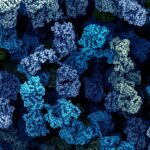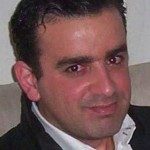Link to Pubmed [PMID] – 33468481
Link to DOI – e02711-2010.1128/AAC.02711-20
Antimicrob Agents Chemother 2021 03; 65(4):
Preservatives increase the shelf life of cosmetic products by preventing growth of contaminating microbes, including bacteria and fungi. In recent years, the Scientific Committee on Consumer Safety (SCCS) has recommended the ban or restricted use of a number of preservatives due to safety concerns. Here, we characterize the antifungal activity of ethylzingerone (hydroxyethoxyphenyl butanone [HEPB]), an SCCS-approved new preservative for use in rinse-off, oral care, and leave-on cosmetic products. We show that HEPB significantly inhibits growth of Candida albicans, Candida glabrata, and Saccharomyces cerevisiae, acting fungicidally against C. albicans Using transcript profiling experiments, we found that the C. albicans transcriptome responded to HEPB exposure by increasing the expression of genes involved in amino acid biosynthesis while activating pathways involved in chemical detoxification/oxidative stress response. Comparative analyses revealed that C. albicans phenotypic and transcriptomic responses to HEPB treatment were distinguishable from those of two widely used preservatives, triclosan and methylparaben. Chemogenomic analyses, using a barcoded S. cerevisiae nonessential mutant library, revealed that HEPB antifungal activity strongly interfered with the biosynthesis of aromatic amino acids. The trp1Δ mutants in S. cerevisiae and C. albicans were particularly sensitive to HEPB treatment, a phenotype rescued by exogenous addition of tryptophan to the growth medium, providing a direct link between HEPB mode of action and tryptophan availability. Collectively, our study sheds light on the antifungal activity of HEPB, a new molecule with safe properties for use as a preservative in the cosmetic industry, and exemplifies the powerful use of functional genomics to illuminate the mode of action of antimicrobial agents.






